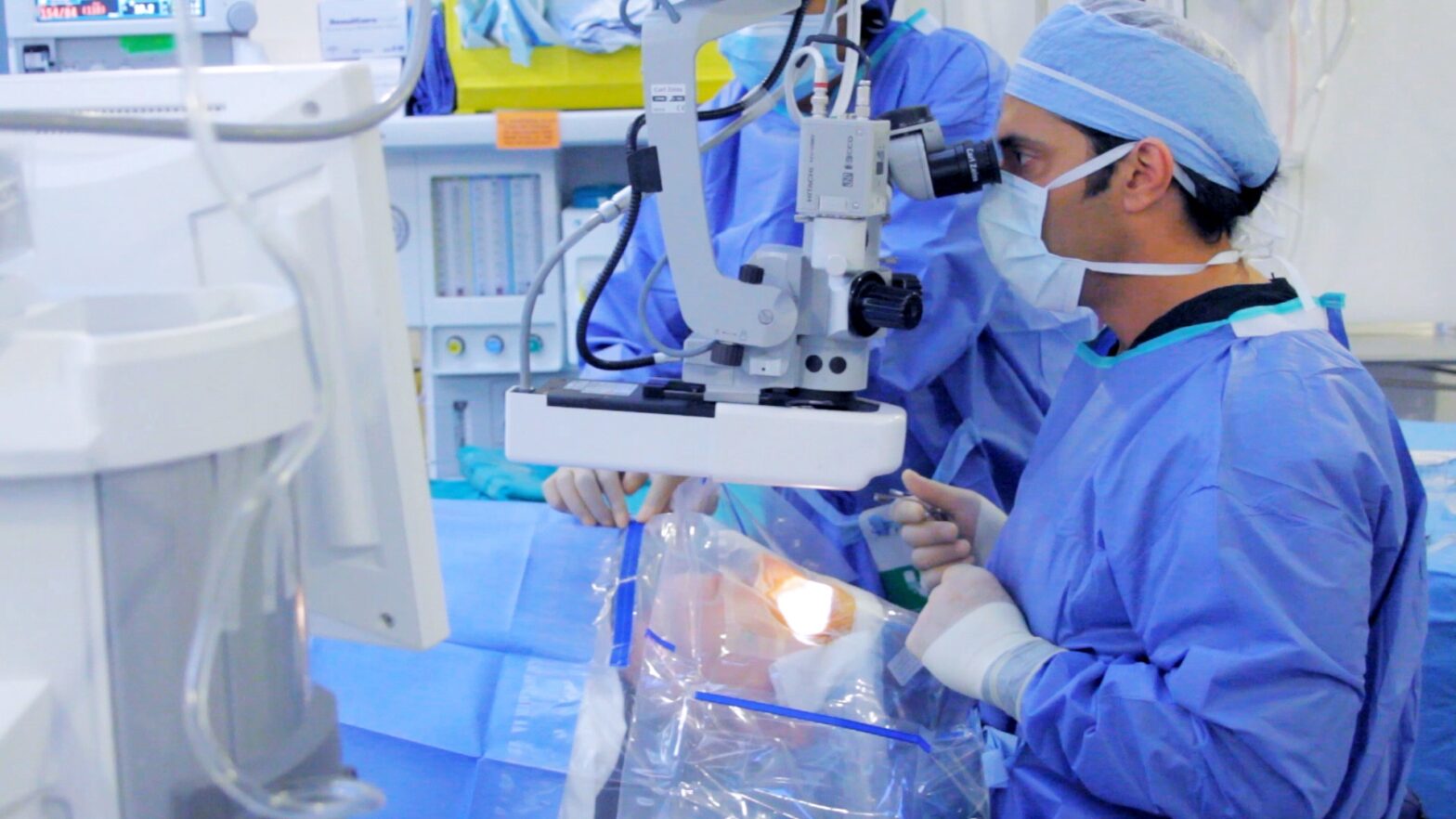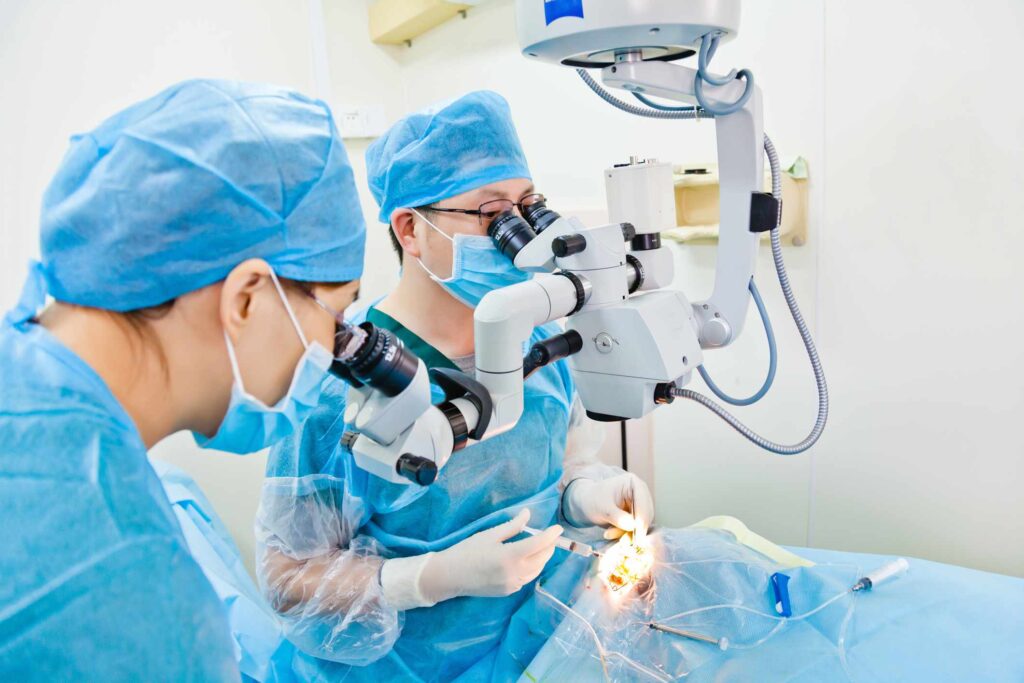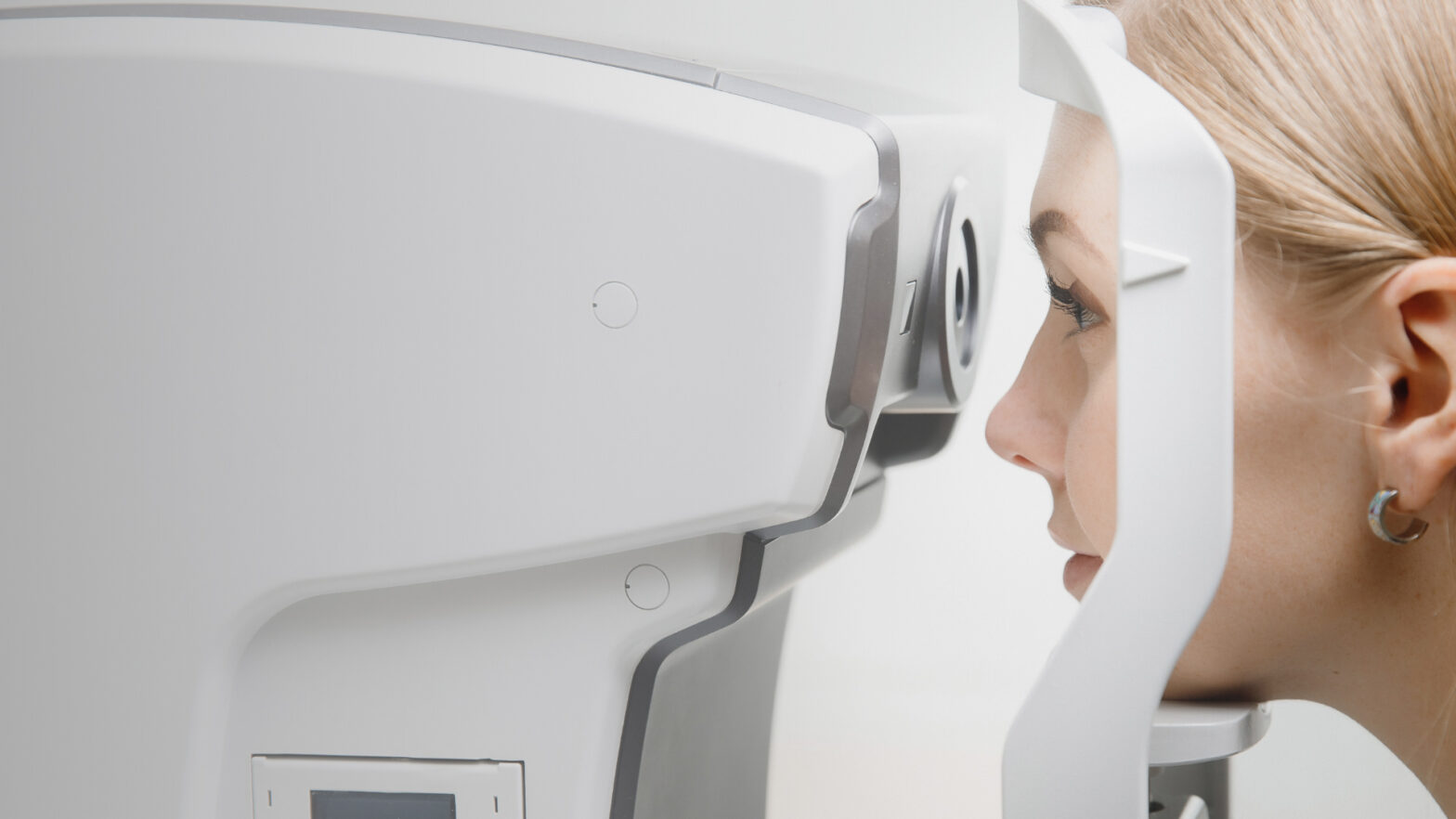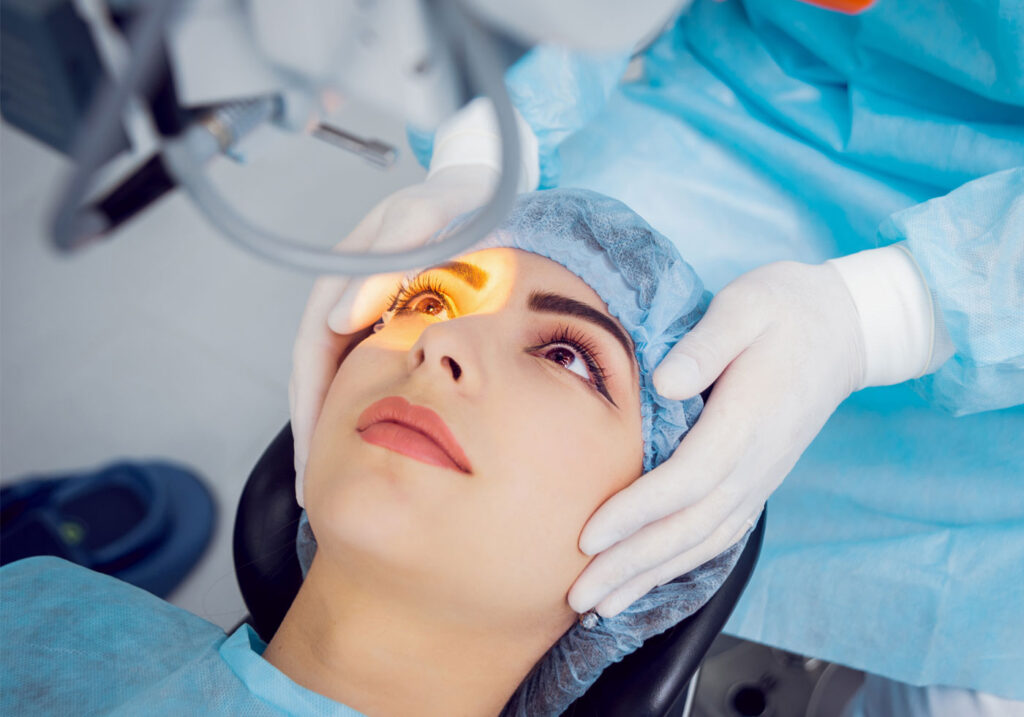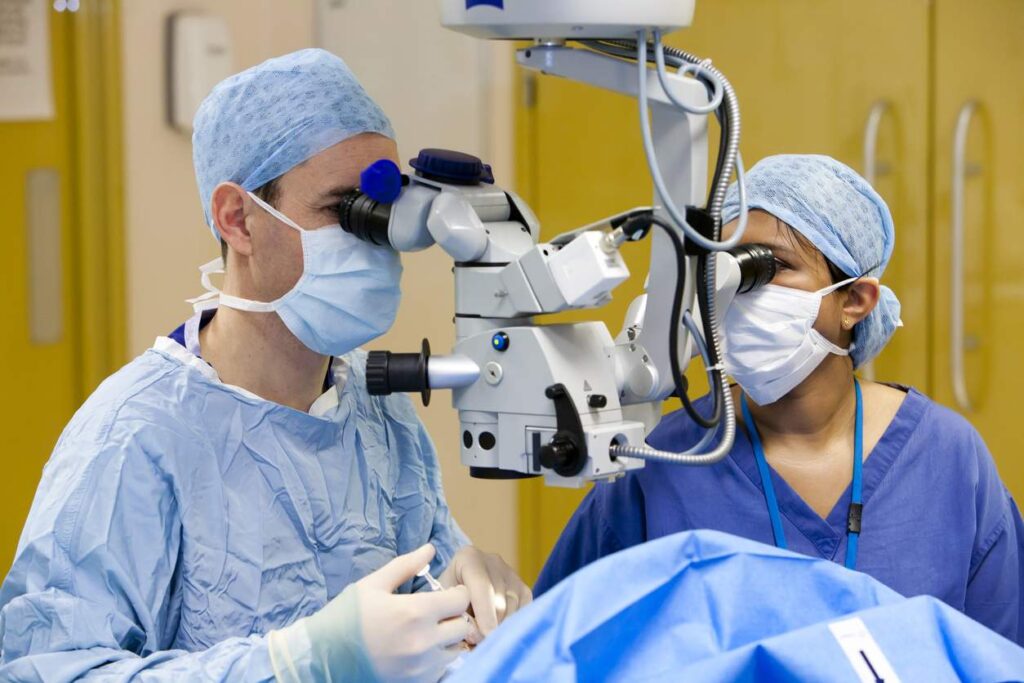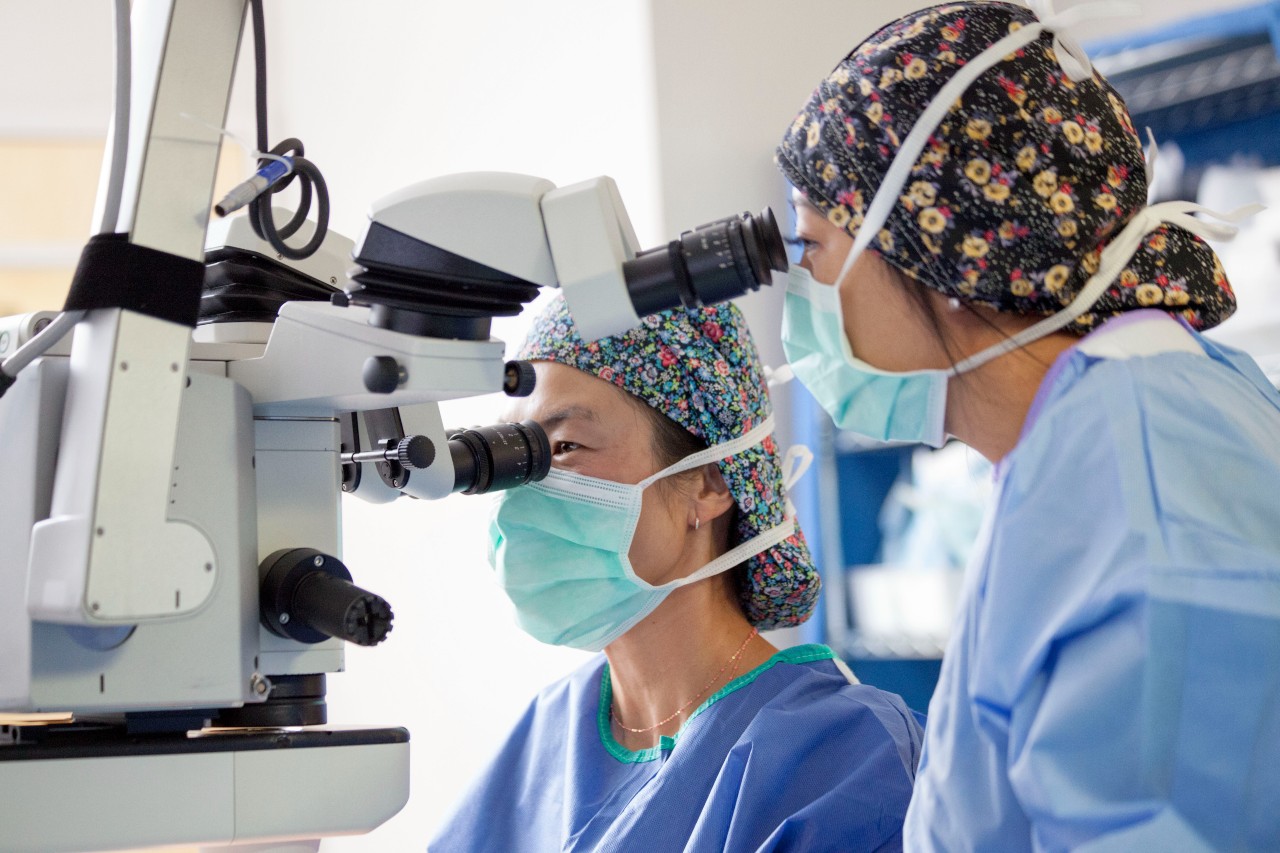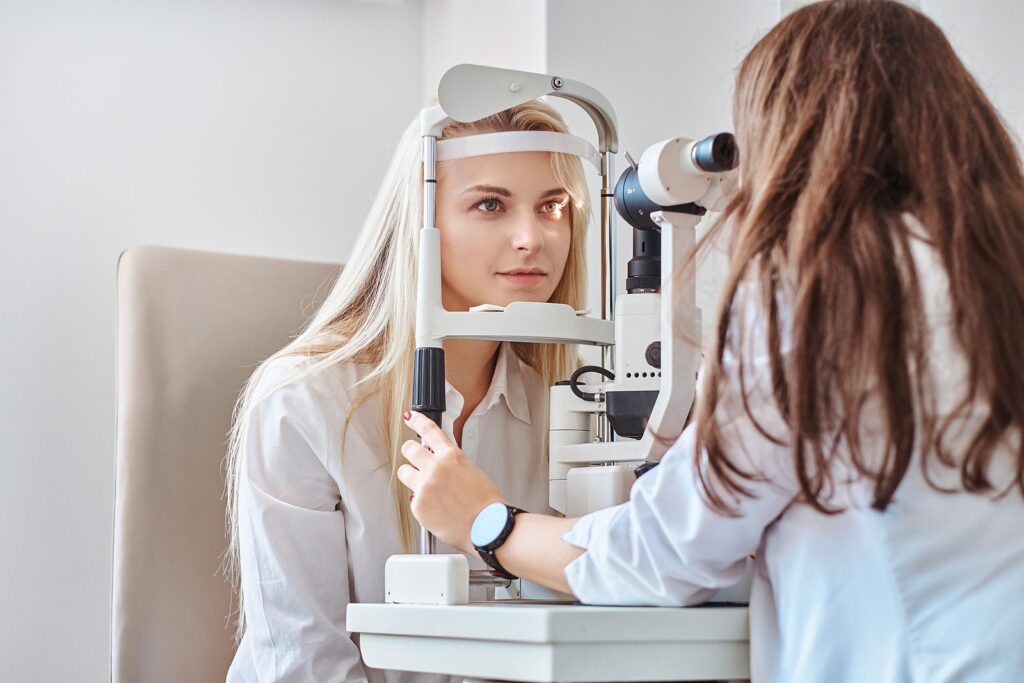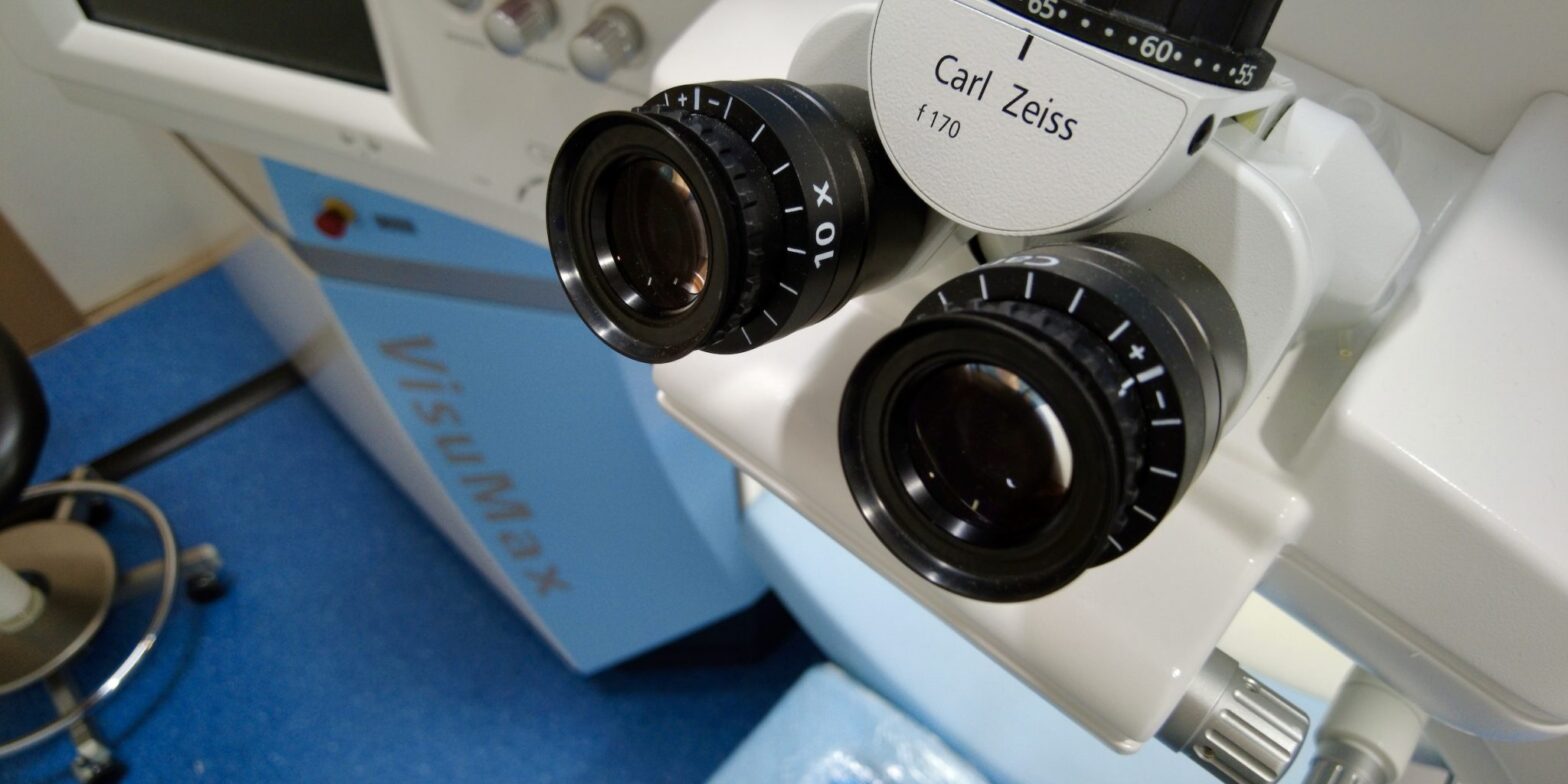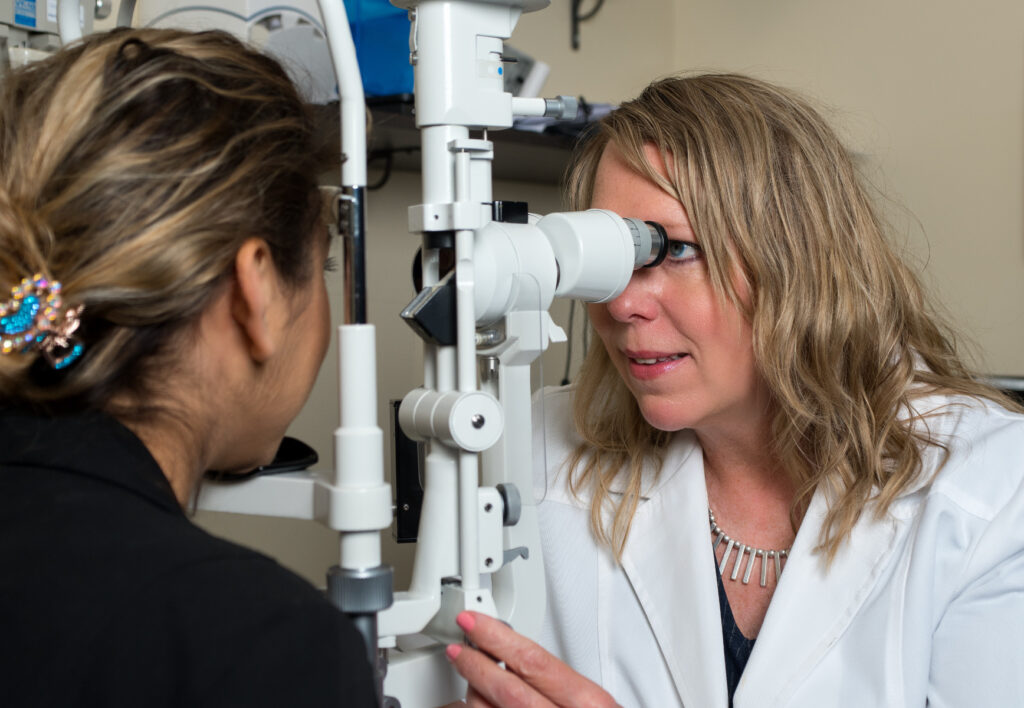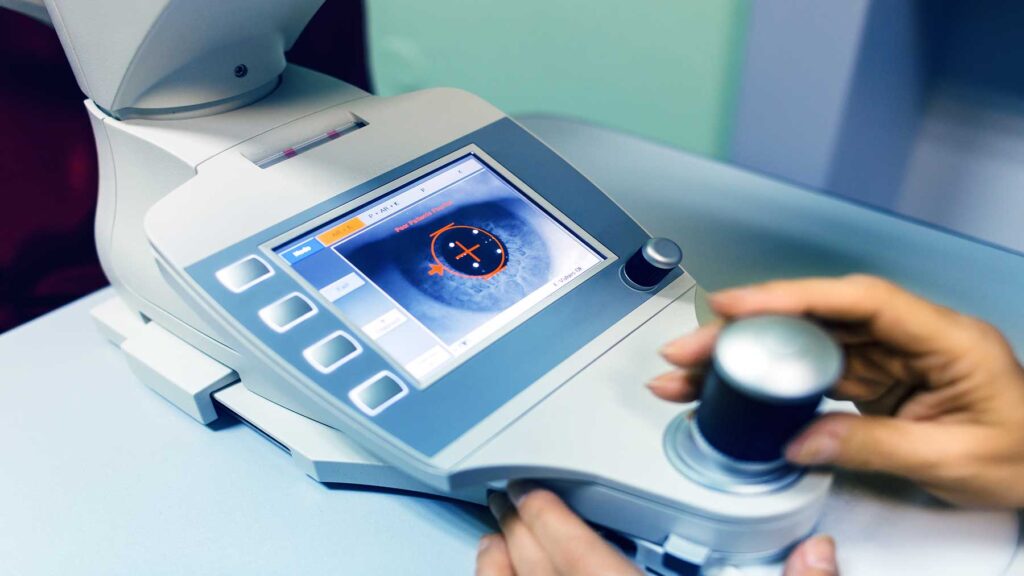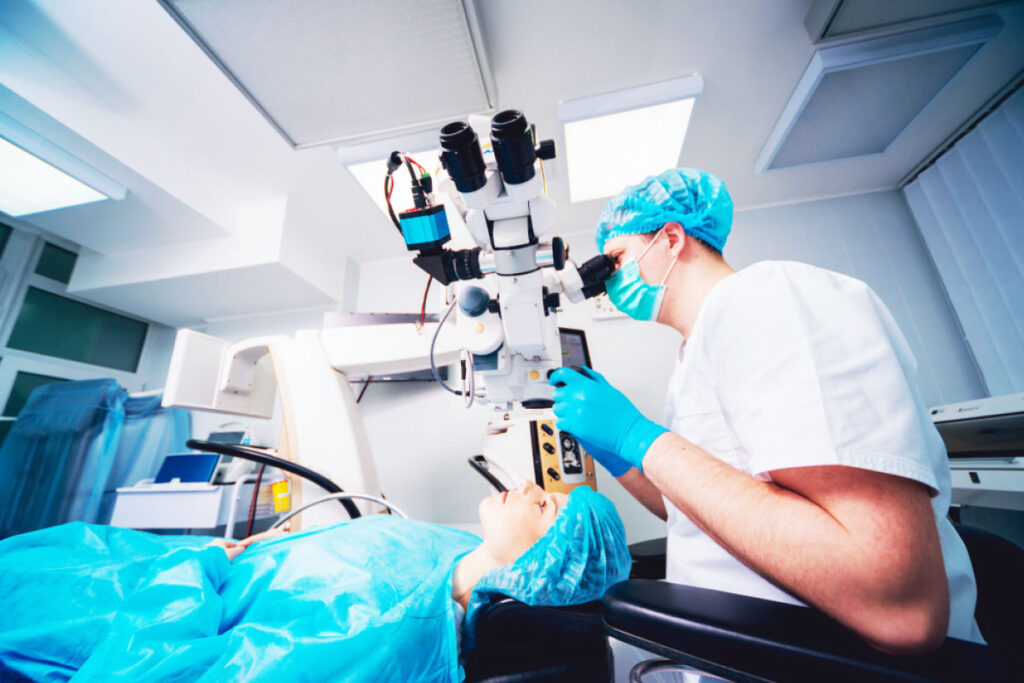In the following paragraphs, we will go over some useful hints for putting on a surgical mask.
When can you remove your surgical mask without a pass?

It is crucial to be aware of the reasons company owners or staff could urge you to wear a surgical face mask at their establishment. They will most likely be doing so either because it is necessary for their company or because they have an interest in ensuring the well-being of other clients. After that, you will be able to show them your pass.
It is not suitable for a company owner or employee to inquire about the nature of a person’s handicap or condition; nevertheless, it is acceptable for them to inquire about whether or not a person is exempt from the surgical mask regulations.
You have the right to file a complaint with the Human Rights Commission if the proprietor of a company or an employee of the business refuses to let you inside the establishment because you are not wearing a mask. This might be considered discrimination on the basis of disability. Persons who are excused from wearing masks need to be able to access the same products and services as people who are permitted to wear masks.
People who aren’t wearing masks could be asked to enter certain companies or use their services in a different way or at a separate location if they choose to do so. One example of this would be general practitioner offices.
If you have reason to believe that a pass was acquired illegally or is being used fraudulently, you may file a complaint about it on the Unite Against COVID-19 website, and the matter will be sent to the relevant law enforcement authorities. If you are found guilty of fraudulent usage, you might face up to six months in jail or a fine of up to twelve thousand dollars, or both.
Advise those who own communication cards
A Communication Card might be applied for until the 30th of May, 2022, and it will still be valid beyond that date. It was designed to be shown to those who operate transportation systems, retail establishments, and service providers in order to explain why the holder could not wear a surgical mask. As a result of a modification to the law, an exemption permit for wearing a surgical mask is now available. The pass is irrefutable proof that the individual in possession of it is free from the legal need to wear a surgical mask. People who already possess a communication card are strongly urged to apply for a surgical mask exemption pass. This is due to the fact that the pass is recognized by the law.
Instructions on how to use a surgical mask without discomfort
People who aren’t qualified to get an exemption permit for wearing a surgical mask may find the following information helpful. It describes typical situations in which individuals could find it challenging to wear a mask. When individuals are compelled to wear masks, the information that is offered is meant to assist them in doing so properly.

In addition to these hygiene and safety procedures
If you cannot or do not choose to wear a surgical mask while you are out in public, it is all the more critical that you pay close attention to the other aspects of your hygiene and safety routines.
If you are ill, you should rest at home. When you are out and about, maintain a healthy distance from other people, wash your hands often, and cough and sneeze into your elbow.
Find a nicer cotton mask to wear
If you insist on using a cotton mask, you should make certain that the one you’re wearing offers the most amount of protection possible. Choose to have at least two layers in your mask, while three layers will provide the best results: Studies have shown that an effective mask consists of three layers of cotton cloth that is closely knitted together.
When you hold a cloth up to a light source, you should look for materials that do not allow light to pass through. (Consider the cotton used for somewhat more structured dress shirts rather than the cotton used for T-shirts.)
One wonderful choice: cotton flannel, says Weaver. While it is humid, the circumstances that are generated when you are breathing into the mask are the type of conditions that cause the filtration effectiveness of a two-layer cotton flannel mask to increase by an average of 33 percent. This was discovered by her and her colleagues.
Synthetic fibers did not function as well as natural ones, and the presence of humidity had no positive effect on them. Weaver claims that her go-to mask is a handmade multi-layer cotton flannel mask, which may not come as much of a surprise in light of the data presented here. Visit http://crossroadscreston.com/how-to-make-your-surgical-mask-more-effective/ to read about How to make your surgical mask more effective.
Natural cotton fibers that are densely woven and have a higher nap, such as those seen in flannel, have a tendency to have more three-dimensional structure than synthetic fibers, as a researcher at NIST named Christopher Zangmeister stated to NPR the previous year. This may provide additional impediments in the path of an approaching particle. However, filtering experiments have shown that some masks constructed of different textiles, such as an engineered knit, may be quite effective.
In most situations, you should protect your face by using a mask whenever possible. Since the COVID-19 virus may spread by droplets, wearing surgical masks is one method for us to protect ourselves and each other from the disease.
Surgical masks have the potential to irritate the skin and cause facial eczema. Here are some ways to avoid this from happening:
To prepare your skin for a surgical mask, wash your face with a mild cleanser, pat it dry, and then apply moisturizer both before and after you apply the mask.
- Do not apply makeup to any regions of your face that are concealed by the surgical mask. According to the American Academy of Dermatology, applying makeup on skin that will be covered by a surgical mask might cause your pores to get clogged and result in flare-ups (AAD).
- You should protect your face by using a three-layer fabric mask. The surgical mask needs to be hygienic and simple to clean, in addition to being breathable. If cotton is not an option, any other fabric that is breathable and comfortable will suffice. Synthetic materials, including nylon, polyester, or rayon, have a greater potential to aggravate skin irritation.
- Ensure that it is a surgical mask that fits you well. It shouldn’t be so snug that it rubs against your skin, but neither should it be loose. It shouldn’t be so loose that it slides about and irritates your skin when it comes into contact with it. You should experiment with a variety of surgical masks in order to locate the one that works best for you.
Be sure to clean your surgical mask often
- Remove your surgical mask whenever you have the chance in order to give your skin a chance to breathe and take a break from wearing it.
- Remove your surgical mask only when you are outside or in a location where you can keep a distance of at least two meters from other people.
Your nose and mouth should be covered while you wear a surgical mask, and it should be attached to your head using ear loops or a head loop. You may also quickly and inexpensively prepare a surgical mask for yourself. You can also read about N95 Respirators, Surgical Masks, Face Masks, and Barrier Face Coverings by clicking here.

